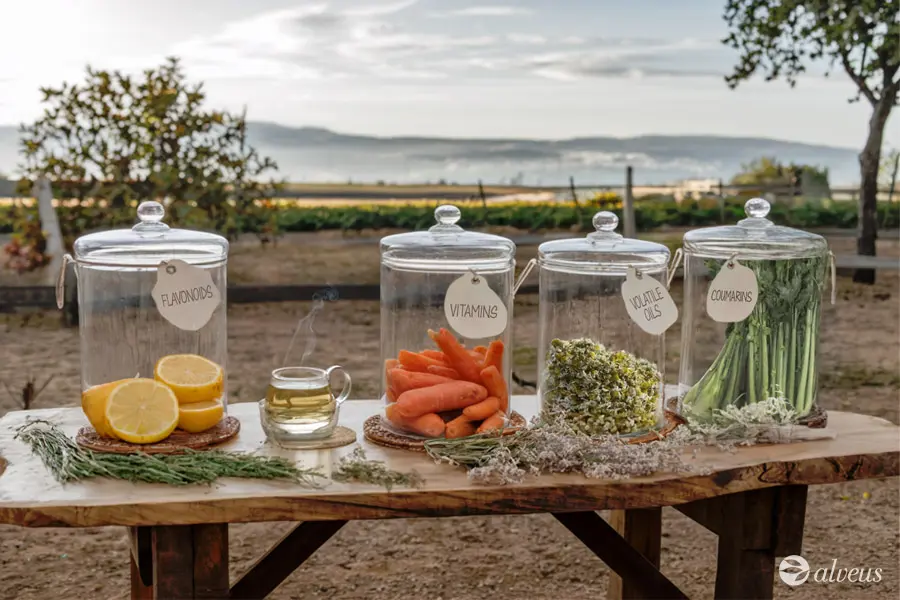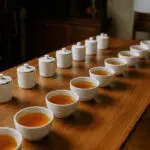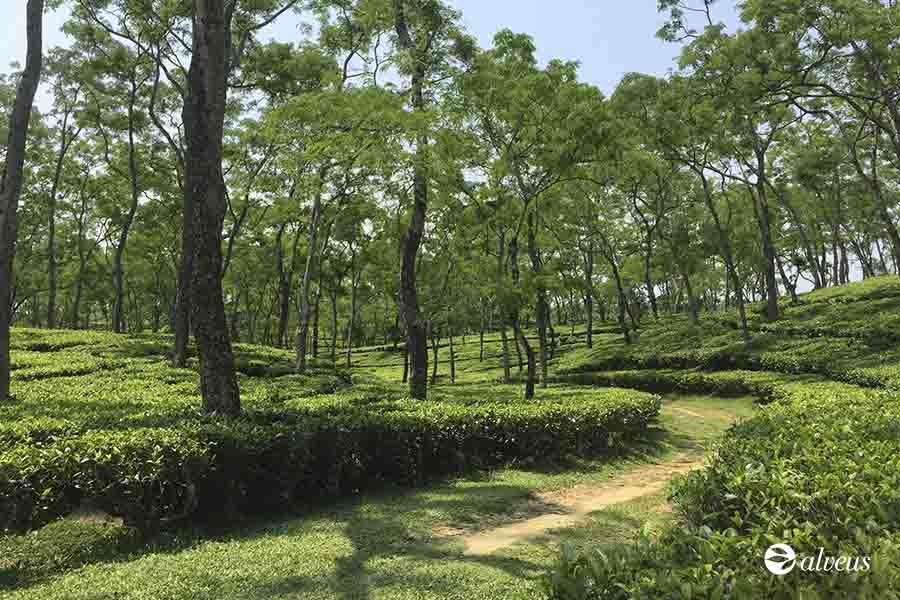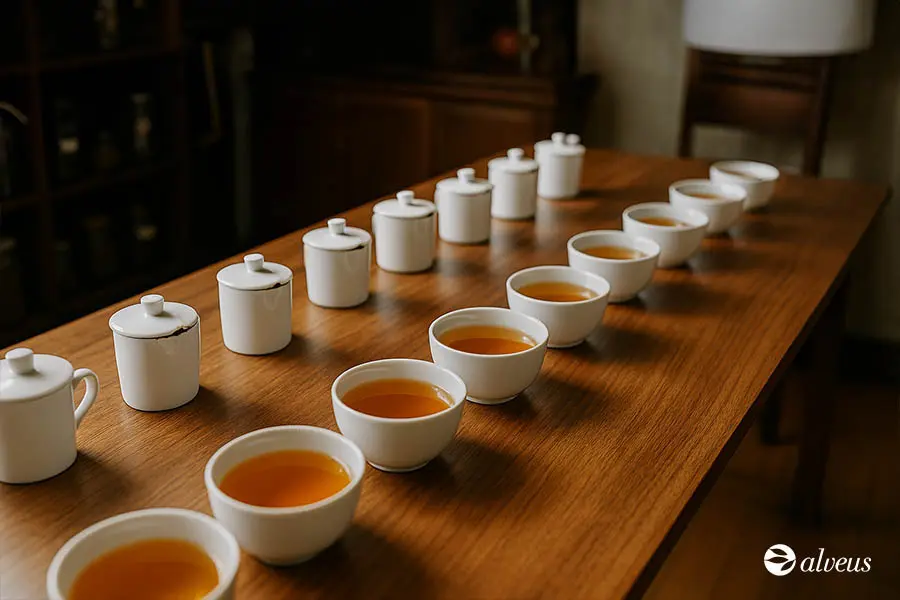Medicinal plants and herbs have been allies of humanity since ancient times. Whether for cooking or health, no civilisation has overlooked their benefits in daily life.
Over time, science has confirmed that their effectiveness goes beyond ancestral tradition. Their power lies in their chemical composition: antioxidants that protect our cells, aromatic compounds that soothe the nervous system… In most cases, every plant has something valuable to offer.
This article explores how these active compounds work in synergy to provide exceptional therapeutic and sensory effects.
Polyphenols: Powerful Natural Antioxidants
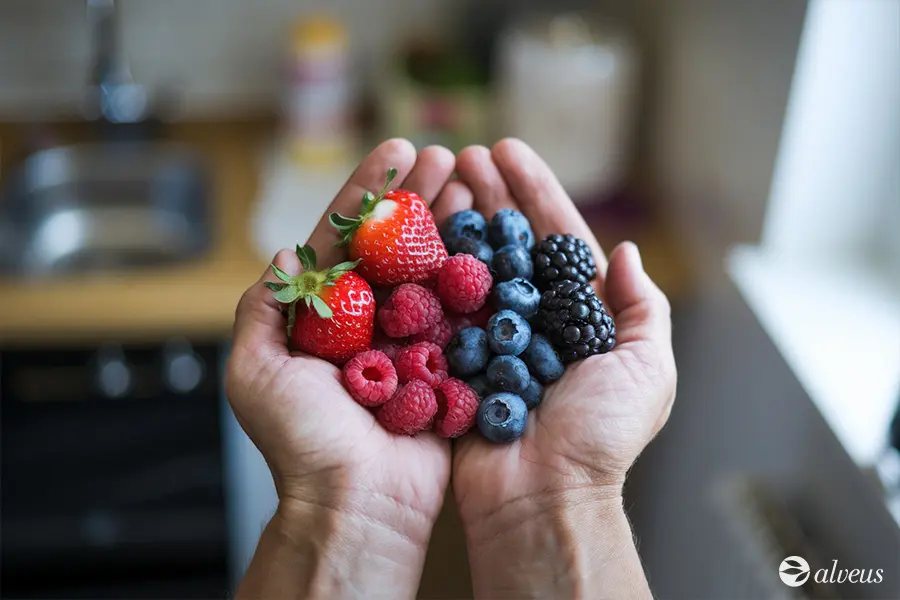
Polyphenols are well-known compounds for their antioxidant properties, protecting body cells from oxidative damage.
Catechins—particularly abundant in green tea—epigallocatechin gallate (EGCG) and tannins stand out.
Polyphenols fight free radicals and have antiviral, anti-allergic, and cardioprotective properties. They also contribute to the astringent taste characteristic of many teas.
Flavonoids: Protective Pigments
Flavonoids are a subgroup of polyphenols found in flowers, fruits, and many medicinal herbs. They act as antioxidants, protecting blood vessels and improving circulation.
Key examples include quercetin, hesperidin, and rutin, which are found in buckwheat. These compounds strengthen capillaries and help prevent inflammation.
Isoflavones, such as those found in red clover, have estrogenic activity and are useful in alleviating menopausal symptoms.
Alkaloids: Potent Pharmacological Agents

Alkaloids are nitrogenous compounds with high biological activity. Depending on the dose, they can have stimulating, relaxing, or even toxic effects.
Famous examples include caffeine in black and green tea, morphine from opium, and quinine, extracted from the bark of the cinchona tree.
Many alkaloids are essential in modern medicine, but their potency requires careful control.
Saponins: Natural Stimulants and Immune Boosters
Saponins are compounds that, when mixed with water, create foam—a property that gives them their name.
They have expectorant activity, helping to clear mucus in respiratory conditions, and also have antimicrobial and antifungal properties.
Steroidal saponins, found in plants like wild yam, are linked to hormone synthesis in the human body.
Tannins: Astringency and Tissue Protection
Tannins are divided into hydrolysable and condensed types. These astringent compounds are found in various plant parts, such as barks and leaves.
They contract tissues, giving them hemostatic (bleeding-stopping) and protective properties useful for diarrhoea, inflammation, or skin wounds.
Additionally, they can inhibit the growth of certain microorganisms due to their antimicrobial properties.
Volatile Oils: The Essence of Aromatic Infusions
Volatile oils, also known as essential oils, are aromatic compounds extracted from various plant parts.
They play a crucial role in the sensory properties of infusions, providing distinctive aromas and specific therapeutic effects.
Menthol, found in peppermint essential oil, is known for its refreshing and soothing effect, while chamomile essential oil is famous for its relaxing and anti-inflammatory properties.
Proanthocyanidins: Cardiovascular Antioxidants
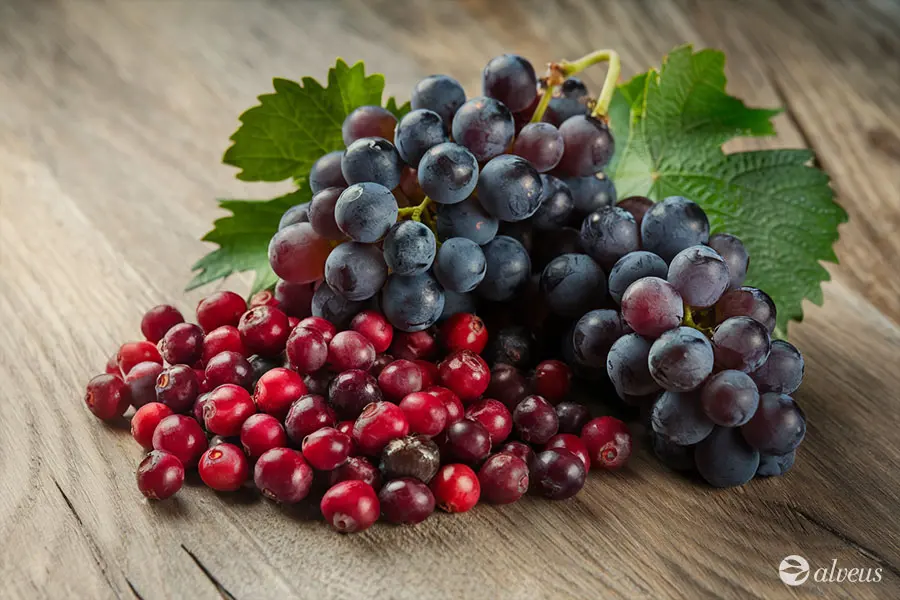
Proanthocyanidins are a specific type of polyphenol found in dark-coloured fruits like cranberries and grapes.
They are known for their ability to protect the cardiovascular system by strengthening blood vessels and reducing damage caused by free radicals.
Coumarins: Circulatory Regulators
Coumarins are aromatic compounds with anticoagulant, vasodilatory, and antimicrobial properties.
They are found in plants like sweet clover and horse chestnut, where they help improve circulation and prevent blood clots.
Some, like bergapten (present in celery), also act as photosensitisers, used in treating skin conditions.
Polysaccharides: Hydration and Protection
Polysaccharides are complex sugars found in the roots, seeds, and leaves of medicinal plants.
Mucilages, a specific type of polysaccharide, are particularly useful for soothing and protecting inflamed tissues.
They are commonly used in infusions to treat gastrointestinal conditions such as ulcers or acidity and to relieve sore throats.
Anthraquinones: Natural Laxatives
Anthraquinones are compounds known for their laxative effects. They are found in plants like senna and Chinese rhubarb.
They stimulate intestinal contractions and promote bowel movements. They also have antimicrobial and antioxidant properties, which make them valuable in certain medicinal treatments.
Cardiotonic Glycosides: Heart Support
Cardiotonic glycosides, such as digoxin extracted from digitalis, strengthen heart contractions.
They are used in treating heart failure as they improve cardiac performance. Though regulated in conventional medicine, their plant-based origin showcases how nature has inspired modern drug development.
Glucosinolates: Defense and Detoxification
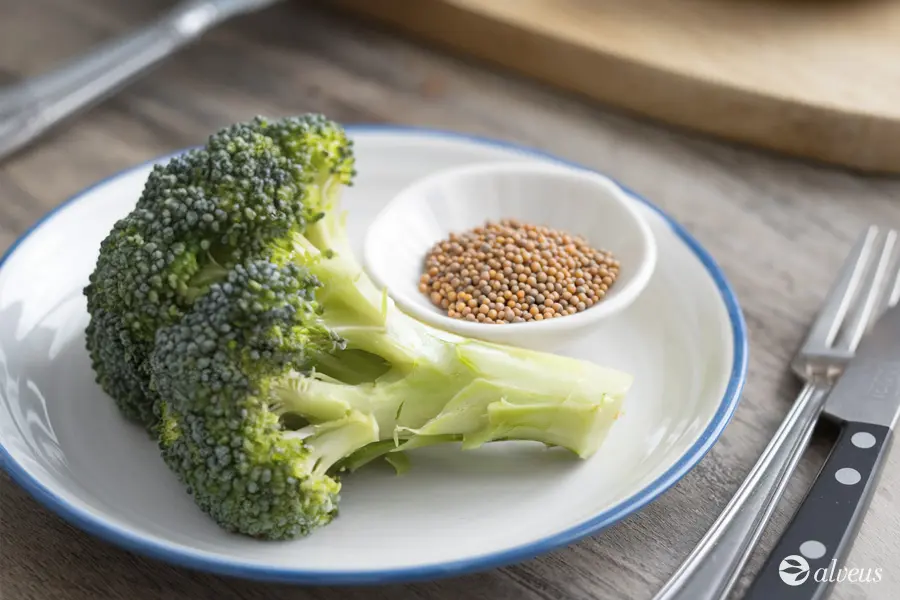
Glucosinolates are sulphur-containing compounds found in cruciferous vegetables like broccoli and mustard.
When broken down, they form isothiocyanates, which have anticancer and liver-protective properties. They also act as detoxifying agents, helping eliminate toxins from the body.
Cyanogenic Compounds: Relaxation and Relief
Cyanogenic glycosides, in small doses, act as natural sedatives. They can relax muscles and calm the nervous system.
They are found in plants like elderberry and wild cherry and are used in infusions to relieve dry cough and stress.
Bitter Compounds: Digestive Stimulants
Bitters are a group of compounds that stimulate the production of gastric juices and digestive enzymes.
They improve digestion and nutrient absorption. Wormwood and gentian are classic examples of plants rich in these compounds, used in infusions for digestive disorders.
Vitamins and Minerals: Nutrition and Balance
Many medicinal herbs are rich in vitamins, such as vitamin C in rose hips and vitamin A in carrots. These vitamins boost the immune system and improve overall body function.
Medicinal plants also contain essential minerals like iron, calcium, and magnesium. Nettle, for example, is rich in iron and is used to combat anaemia.
These minerals contribute to general well-being and are essential for bone, muscle, and nerve health.
Conclusion
Medicinal plants are more than just ingredients for a relaxing infusion or an energising tea. They are a living example of nature’s complexity and balance, perfected over millennia.
From science to tradition, every infusion is a celebration of the natural wealth that plants provide.


